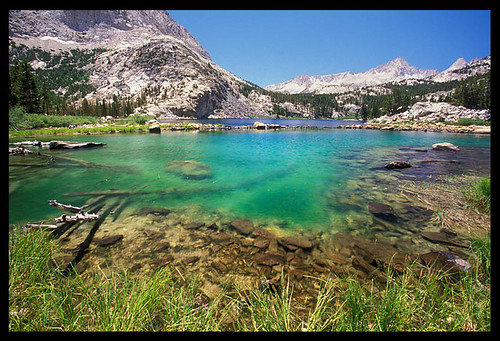I thought for at least one of these
entries I would discuss a topic that does not directly relate to water….Unfortunately
there really is not a whole lot that doesn’t relate, but there are a few files
that discuss mining impacts on water that I thought interesting to read. Also, abandoned mines are scattered all over
this valley, acting as pollution sources to our rivers, and therefore it is an important
set of files to bring attention to. Let’s
face it, these mines make up a very important part of the history of the area,
but we certainly known their safety standards were not up to par with having
this many people live in the area. This
file discusses just some of the major mines that were pollution problem sources
throughout the Valley. This is of course
also the location of the information regarding the famous Mt. Emmons or as it
is commonly referred to “Red Lady”
Red Lady is not the file that I find
the most interesting though. If you guide yourself to the file that contains
information on the Standard Mine, this is where the interesting information is
contained. For those familiar with the
term Superfund, this mine is one that was put on the list to be cleaned up
using the Superfund. The Superfund was
established after the Love Canal incident took place in Niagara Falls, New
York. It was established as a way to
clean up serious environmental threats, usually ones that can threaten human
health as well. Perhaps comparing the
Love Canal incident to cleaning up the Standard Mine is a little extreme, but
it is enough to make this one stick in my mind real well. I have also taken frequent trips to this area
for hiking and rock hounding so it was already very familiar to me.

